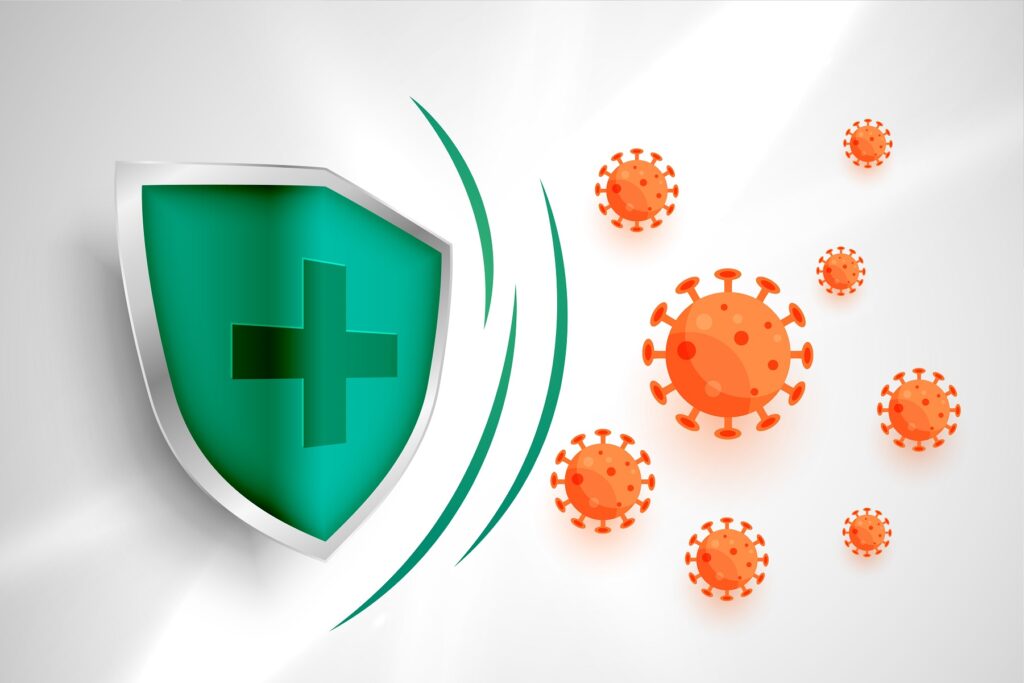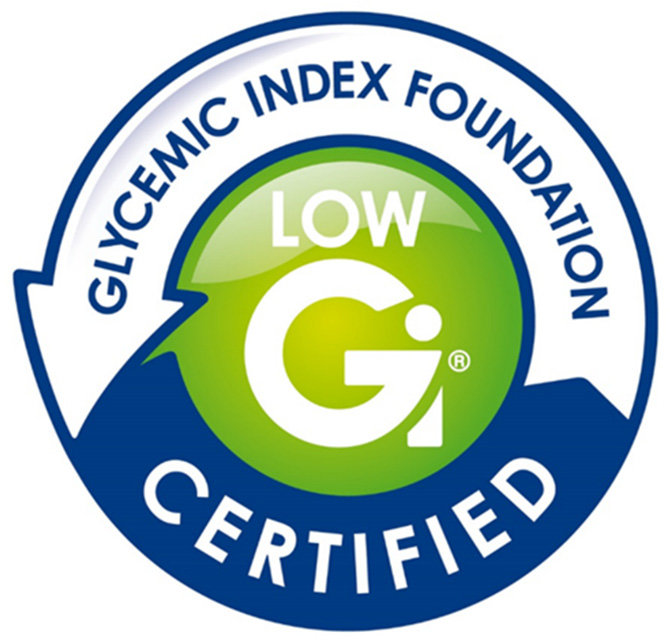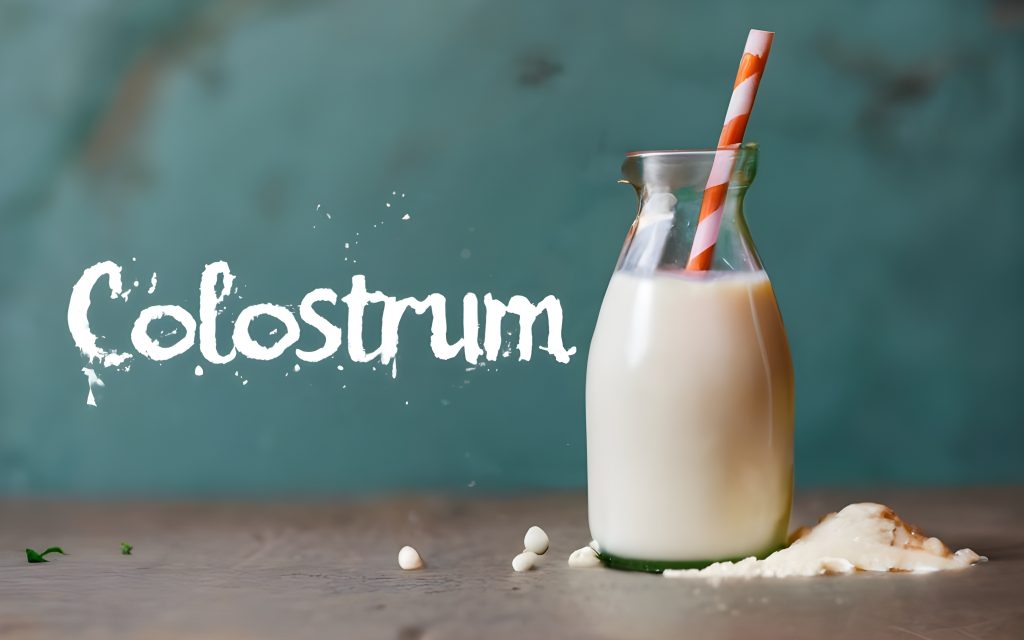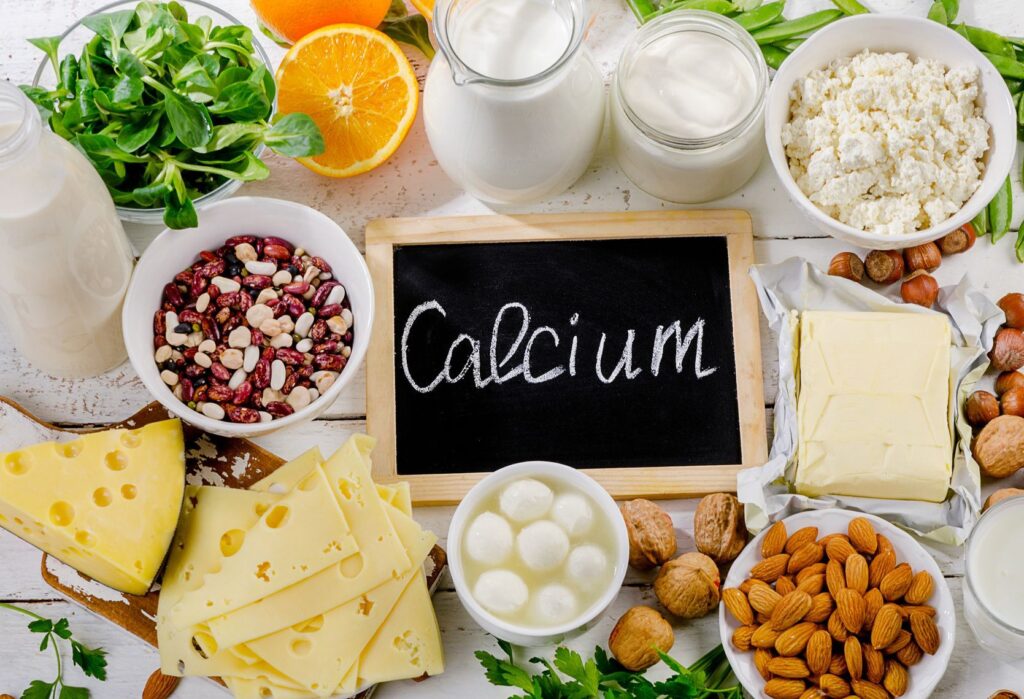Vitamin E is not only found in plant based foods but are also found in animal products as well such as butter, milk and egg yolk.

Congratulations! For some viewers, this is the first step to progressively better health.
“We all try to eat healthy and lead active lifestyles, but then there comes family, work and other commitments.”
At Whealthy Group, we aim to provide you with a wide range of health-related articles that will enhance your understanding of various health topics. Despite the vast amount of information available on the internet, there are still misconceptions about health that persist.
Phytosterols is also referred to as plant sterol and stanol esters. Consuming 2-3g daily, can naturally lower the “bad cholesterol”, known as Low-Density Lipoprotein (LDL) Cholesterol by approximately 10% over a period of three weeks. This does not affect the “good cholesterol”, known as High-Density Lipoprotein (HDL) Cholesterol or triglycerides. High amounts of LDL Cholesterol in the blood have been linked to coronary heart disease.
Consuming more than 2-3g, will not do harm but will not provide additional benefits in LDL reduction.
Plant sterols are found naturally in nuts, seeds, grain products, fruit, vegetables and even vegetable oils. Although we consume plant sterols daily in our diet, the amount consumed is typically too low to have an effect in lowering LDL cholesterol.
Ginkgo biloba, also known as the maidenhair tree, is a popular herbal supplement with several potential health benefits. Some of the many benefits of Ginkgo include:
1) Increased Cognitive Function
2) Enhance Memory and Recall
3) Improve Short Term Memory
4) Maintain and Support Mental Concentration, Focus and Clarity
5) Promote and Increase Attention Span
6) Helps Enhance and Promote Healthy Blood Circulation

Cholesterol is a topic that can be confusing for the most of us. It is essential for the metabolic process such as production of Vitamin D, digestive juices (bile) and hormones. You hear about it being bad, then you hear about it being good and essential for health. So what is it exactly? Well it is both. There are ‘good’, and ‘bad’, cholesterol in our bodies. The good cholesterol is known as High Density Lipoprotein (HDL) and the bad as Low Density Lipoprotein (LDL).
The HDL may help to protect against the ‘narrowing’ of the blood vessel, whilst the LDL may help to increase the narrowing. Generally speaking, the higher level of HDL, the lower risk of heart related disease, vascular disease and stroke.
Well that sounds great, so how do I raise my HDL?
HDL can be raised by losing weight, quitting smoking and cutting out sugar from your diet. To keep the LDL lower, it is recommended that people should consume a low fat and high fibre diet, exercise regularly, maintain a healthy weight and not smoke.
Our bodies naturally make cholesterol in the liver on a daily basis, and thus you don’t generally need to absorb it from high cholesterol foods. It comes from animal based foods and not plant based.
Inulins belong to a class of dietary fibre referred to as fructans. It is a carbohydrate, derived from plants, that is not digested or absorbed in the small intestine, instead it is fermented in the intestines by good bacteria.
It functions as a prebiotic—stimulating the growth of bifidobacteria while at the same time modulating the levels of other beneficial bacteria that make up the gut microbial ecosystem. What does this mean? Simply put, it can help with your stools, assist in lowering blood cholesterol, preventing infection from parasites, yeast and bacteria.
Inulin helps to provide protection from fatty liver disease and obesity and improves the metabolism of fats. An unexpected benefit of taking inulin is its ability to improve bone mineralisation providing protection from osteoporosis. Studies show inulin is effective in assisting people with diabetes, with one study showing Inulin Type Fructants (ITF) significantly reduced main glycemic indicators¹.
¹Journal of Translational Medicine: Inulin‑type fructans supplementation improves glycemic control for the prediabetes and type 2 diabetes populations: results from a GRADE‑assessed systematic review and dose–response meta‑analysis of 33 randomized controlled trials - Long Wang1, Hong Yang2,3, Hao Huang1, Chao Zhang1, Hong‑Xia Zuo1, Pan Xu1, Yu‑Ming Niu1* and Shi‑Shi Wu2
Fun fact: Inulin is often confused with the hormone insulin, though by spelling only.
When it comes to bone health, most of us understand that calcium is the foundation of healthy bones and teeth.. However, not many of us will know much about Vitamin K2.
You may think that you consume sufficient amounts of calcium as part of your daily diet, yet tests may show that your bones are still weak. How is this possible? We are all aware of the calcium to bone relationship!
Vitamin K2, also known as menaquinone, is involved in the body’s ability to produce and maintain healthy bones by forming osteocalcin – a protein produced in the bone matrix. Osteocalcin’s role is to bind with calcium, therefore helping to deposit calcium into the bones.
Right! So Vitamin K2 and Calcium team up to help with bone health. Yes and no! Confused? Well there is actually a third team member to bone health, being Vitamin D. Vitamin D helps your body to absorb the calcium from your food.
Lutein, nicknamed “the eye vitamin”, is a type of carotenoid antioxidant that is most commonly known for protecting eye health. The antioxidant abilities of lutein help to fight free radical damage caused by a poor diet, blue light/sun exposure, and other factors.
Lutein is only made by plants, thus we have to consume plants in order to get them. The highest concentration of lutein can be found in dark leafy greens such as kale, spinach, swiss chard and turnip greens. Smaller concentrations can be found in peas and corn as well.
Potassium is a mineral that your body needs to work effectively. It is also known as an electrolyte and helps your muscles to contract and your nerves to function. Not consuming enough potassium may leave you feeling a little weaker than normal.
The primary functions of potassium in the body include controlling the electrical activity of the heart and other muscles, as well as regulating fluid balance.
Most people will know that Bananas are a source of potassium, and they would be correct. However, the amount of potassium in a banana compared to leafy greens such as kale is very low. Leafy greens provide a much higher amount of potassium than bananas. Sorry, can’t skip the leafy greens in a healthy diet!
Fun fact:
An average banana contains about 400mg potassium, but the daily requirement for potassium in the average human body is approximately 4700mg. That means the average person would need to consume about 11 bananas daily. Yikes! That’s about a banana every 2 hours! Better get those leafy greens in.
Magnesium is a mineral that is absorbed through the bowel, and stored predominantly in the bone and soft tissues. It is used by almost every cell in the body.
The best sources of magnesium are leafy green vegetables, pulses (lentils, soybeans, chickpeas), nuts, seeds and whole grains, spinach and potatoes. There are those leafy greens mentioned again!
Magnesium helps:
Vitamin A is also known as Retinol. Sound familiar? It should. The word is almost spelt like Retina (that soft tissue inside the eye). Vitamin A helps us see at night. It’s also particularly important for the immune system and healthy skin.
Vitamin A deficiency is estimated to affect approximately one third of children under the age of five around the world!
Sources of vitamin A include:
So you have heard about Vitamins, and may have heard about B vitamins. But what exactly are they and what do they do?
There are eight types of vitamin B:
Altogether, they are referred to as Vitamin B Complex. You may recognised some patterns with the B Vitamins. Metabolism, energy, cells etc. This is why it can assist with stress, anxiety and is also taken by some with depression. Further, it is also sometimes taken during pregnancy as well. Always check with your medical practitioner*.
Vitamin C also known as ascorbic acid, is essential for health. Most people think of oranges when it comes to Vitamin C, but will be surprised by the other foods that contain Vitamin C. How many did you know from the list below?
Vitamin C Foods:
7. Leafy greens
8. Sweet & White potatoes
9. Kakadu Plum
10. Rose hips
11. Guava
12. Thyme
13. Parsley
14. Lychees
15. Papaya
16. Strawberries
It helps:
The antioxidant properties of vitamin C and its role in collagen synthesis make vitamin C an essential factor for healthy skin.
Vitamin E is an antioxidant and is important for proper functioning of many of the body’s organs. It is used to help protect the skin against aging, inflammation, and sun damage. The fat-soluble antioxidant is vital for maintaining healthy skin and a strong immune system.
Vitamin E is not only found in plant based foods but are also found in animal products as well such as butter, milk and egg yolk.
Lactoferrin

Diabetes is the epidemic of the 21st century and the biggest challenge confronting Australia’s health system.
Diabetes is the fastest growing chronic condition in Australia; increasing at a faster rate than other chronic diseases such as heart disease and cancer. All types of diabetes are increasing in prevalence:

Phosphatidylserine (PS) is a phospholipid that contains both amino acids and fatty acids. The omega-3 fatty acids EPA and DHA work together with with PS to provide the building blocks for healthy cell membranes. The human body can make phosphatidylserine, but very minute amounts, hence we obtain PS mainly from food.
So why do we need Phosphatidylserine?
Decreasing phosphatidylserine can lead to ageing and stress.
Food sources: Soy beans, eggs, dairy products, organs of animals such as liver, heart and kidneys of pigs and chicken.
Phosphatidylserine (PS) sourced from plants differ in fatty acid composition to PS sourced from animal products.
Fun fact: High levels of phosphatidylserine can be found in cow brains!

Milk & Glycemic Index
While all the carbs in milk are in the form of sugar, it’s a natural sugar called lactose. The reason lactose is considered a sugar is because it’s made up of only two molecules, like sucrose, or what you may know best as table sugar.
But when it comes to health, the natural sugar in milk is very different from the sugar in your sugar bowl because it comes with a number of health-promoting nutrients such as calcium, potassium and protein, while the sugar in your sugar bowl supplies only calories. Lactose isn’t considered an added sugar.
Although all the carbs in milk come from sugar, milk is low-glycemic because lactose itself is low-glycemic. It simply doesn’t have a great effect on blood sugar levels. Also, the proteins in milk slow down the rate of digestion, which might help slow the breakdown of the lactose into sugar.
If you’re following a low-glycemic diet, milk makes a good choice. For better health, use nonfat or low-fat milk instead of whole milk. As a low-GI food, milk also helps improve the GI of a meal. For example, if you’re having a bowl of high-glycemic cornflakes, the milk may help reduce the effects the cereal has on your blood sugar.
Galacto-Oligosaccharides (GOS) is a deitary fibre, better known as a prebiotic, not to be confused with probiotic – which are live bacteria.
Prebiotics are a non-digestible food ingredients that beneficially affect the host (in our case – the human body!) by stimulating the growth and/or activity of beneficial bacteria in the colon. This helps us absorb essential nutrients as well as synthesise some vitamins in the body.
Another benefit of GOS is it may improve constipation and stool frequency (helps you poop!).
Food rich in GOS to include:
[/col_inner]

Bovine colostrum is an incredibly nourishing substance that surpasses regular milk in terms of nutrient content.
Compared to cow’s milk, it contains higher levels of protein, fat, carbohydrates, magnesium, B vitamins, and vitamins A, C, and E (1).
While colostrum is abundant in macronutrients, vitamins, and minerals, its potential health benefits are primarily attributed to specific protein compounds:
1. Lactoferrin: This protein plays a crucial role in the immune response against infections caused by bacteria and viruses (4Trusted Source, 5Trusted Source, 6Trusted Source).
2. Growth factors: Bovine colostrum is particularly rich in two protein-based hormones, insulin-like growth factors 1 and 2 (IGF-1 and IGF-2), which stimulate growth (1).
3. Antibodies: Colostrum contains a variety of antibodies, also known as immunoglobulins, such as IgA, IgG, and IgM, which are utilized by the immune system to combat bacteria and viruses (1, 2).
Due to its abundance of disease-fighting nutrients and growth-promoting properties, bovine colostrum has the potential to enhance immunity, treat infections, and provide other related benefits to individuals throughout their lifespan.
